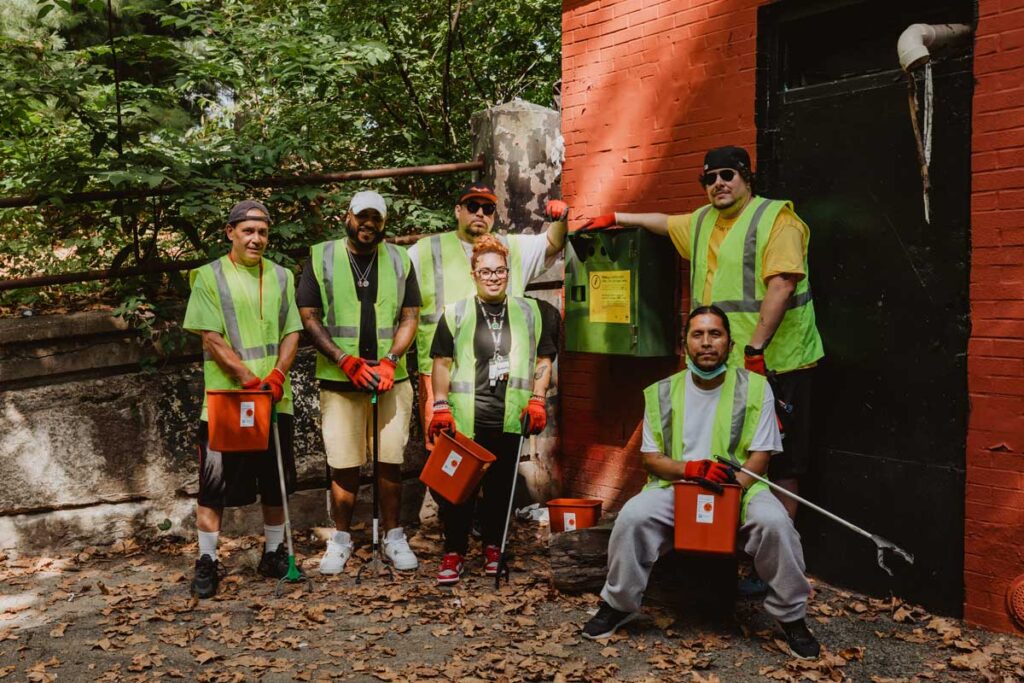It was late summer, and the sun was high over East Harlem. Terrell Jones stepped out of a large black van that advertised help with detox and free hepatitis C testing and scanned the homeless encampment beneath the elevated train tracks across the intersection from where he stood. He was looking for a specific inhabitant, a white woman in her late 20s or early 30s whom he and his colleagues had heard about for weeks but had yet to meet. Like many of the women Mr. Jones encountered in his work, this one was unhoused, was attached to a possibly abusive man and was using hard drugs (crack, in this case). Unlike the others, though, she was also about five months pregnant.
While Mr. Jones checked the periphery, the van’s other passengers — Inspired Jones, Jesus Minier, Carlos Ramirez and Roberto Roman — disembarked and began working. They make up one of three community outreach teams employed by OnPoint, a New York City nonprofit that provides services for people who use drugs. Like their counterparts in the Bronx and Washington Heights, they spend the bulk of their workdays looping through a patch of the city, collecting used syringes and handing out supplies: not only clean needles and fresh crack pipes but also toothbrushes and tampons, Pop-Tarts and juice boxes, wound care kits and warm socks. They’re well known on certain corners, and on this particular morning, small crowds had been waiting for them at almost every stop, including this one.
Read the article at New York Times
